Při výběru zimní obuvi může správná bota rozhodovat o tom, zda si sníh užijete nebo ne. Zde je krátký přehled tří hlavních typů sněhových bot a jejich rozdílů:
- Lyžařské boty: Vyrobeny pro ostré zatáčky a pevný úchop na svazích. Mají pevnou plastovou skořepinu, 3-4 přezky a těsné padnutí, které udrží vaše nohy stabilní při lyžování.
- Snowboardové boty: Měkčí a snadněji se ohýbají než lyžařské boty, poskytují pohodlí a volnost pohybu, což je činí ideálními pro snowboarding a jsou kompatibilní s vybavením Snowfeet.
- Sněhové boty: Navrženy pro teplo, ochranu proti vodě a každodenní použití v chladu. Nejsou nejlepší pro rychlé zimní sporty, ale dobře poslouží pro mnoho účelů a jsou šetrné k peněžence.
Rychlý přehled
| Typ Boty | Nejlepší použití | Hlavní vlastnosti | Úroveň ceny | Jak pohodlné |
|---|---|---|---|---|
| Lyžařské Boty | Lyžování, přesná kontrola | Pevná skořepina, těsné padnutí, 3-4 přezky | $$$ | Nízké (tvrdé, těžké) |
| Snowboardové Boty | Snowboarding, triky | Měkká skořepina, BOA šněrování, dobře se ohýbá | $$ | Vysoké (na nošení celý den) |
| Sněhové Boty | Denní použití v chladném počasí | Teplé, nepropustné pro vodu, jednoduché na chůzi | $ | Velmi vysoké |
Hlavní myšlenka: Když lyžujete, používejte lyžařské boty pro lepší kontrolu. Zvolte snowboardové boty pro větší pohodlí a lehkost. Sněhule jsou vhodné pro každodenní zimní použití. Snowfeet vybavení pasuje ke všem třem, takže můžete nejdřív použít to, co máte, a nové věci pořídit, až bude potřeba.
1. Lyžařské boty
Jak jsou vyrobeny
Lyžařské boty mají tvrdou plastovou skořepinu zvenku a měkkou vložku uvnitř. Toto dvoudílné provedení je důvodem, proč vydrží dlouho a jsou pohodlné. Obvykle mají 3 až 4 přezky pro utažení a horní pásek, který drží botu pevně na dolní části nohy.
"Lyžařské boty mají tvrdou plastovou skořepinu přes měkkou vnitřní vložku a obvykle 3 až 4 přezky pro utažení skořepiny a pásek na horní části boty, který ji stáhne přes lýtko." – Alan Lamb, PSIA-AASI
Tvrdá plastová podrážka je navržena tak, aby pevně seděla v lyžařských vázáních a zároveň se uvolnila při pádu. I když tato tuhá konstrukce pomáhá dobře se pohybovat na sněhu, dělá lyžařské boty těžšími a méně vhodnými na chůzi než snowboardové boty. Lyžařské boty mají nízký profil, zaměřený spíše na stabilitu a kontrolu než na snadný pohyb. Tento design upřednostňuje lyžování před pohodlnou chůzí.
Výkon a účel
Když sedí správně, lyžařské boty vám dávají špičkovou kontrolu. Tvrdá skořepina drží nohu na místě, což vám umožňuje dobře přenášet váhu a ostře zatáčet.
Pro Snowfeet produkty jsou lyžařské boty mnohem lepší než běžné zimní boty. Poskytují vám větší držení, hlavně na sjezdovkách, kde je správný postoj nejdůležitější. U delších skiblades (90–120 cm) jsou lyžařské boty nejlepší, protože vás dobře podporují při carvingu a lyžování v hlubokém sněhu – podobně jako skutečné lyže. U kratších (60–80 cm) lyžařské boty kombinují rychlé zatáčky a kontrolu, což velké lyže nedokážou. To dělá správný výběr klíčovým, o čemž si povíme dál.
Padnutí a pohodlí
Výběr správných lyžařských bot je o kombinaci pocitu a funkčnosti. Nejsou tak měkké jako snowboardové boty, lyžařské boty jsou těsné a méně měkké, navržené pro rychlou reakci. Zatímco nabízejí skvělý držák, snowboardové boty jsou lepší pro ohýbání a zábavné triky. Co si vyberete, záleží na tom, co si ceníte: pokud hledáte jasnou kontrolu, zvolte lyžařské boty.
S vybavením Snowfeet je tu velká výhoda v tuhé podpoře kotníku u lyžařských bot. Zvyšuje vaši schopnost zatáčet a udržet kontrolu, hlavně na ostrých svazích, kde je správná technika klíčová.
Cena a kompatibilita
Lyžařské boty se prodávají v různých cenových kategoriích. Vyšší třída od velkých značek má vysoké ceny, ale vybavení Snowfeet sedí na jakékoliv lyžařské boty, které vlastníte. Ať už máte $140 Mini Ski Skates nebo $650 Short Skis, univerzální design Snowfeet vám umožní koupit si jedny kvalitní boty a používat je se všemi jejich produkty. To dělá Snowfeet výjimečným oproti velkým značkám jako Rossignol nebo Elan, protože získáte více za své peníze a méně omezení, co si vzít s sebou.
2. Snowboardové boty
Jak jsou vyrobeny
Snowboardové boty nejsou vůbec jako lyžařské boty. Lyžařské boty mají velmi tvrdý plášť z odolného plastu, ale snowboardové boty používají měkčí plášť. Také přidávají více polstrování kolem paty. Díky tomu jsou větší a mají více výplně než běžné sněhové boty. Přesto je to dělá mnohem snazšími na chůzi. Žádné divné, legrační kroky s nimi!
"Snowboardové boty jsou většinou měkký plášť s extra stlačením kolem paty - boty jsou větší a silnější než běžné sněhové boty, ale můžete v nich téměř normálně chodit." – Alan Lamb
Velký rozdíl je v tom, jak se boty zapínají. Lyžařské boty používají přezky k pevnému upevnění, zatímco snowboardové boty často mají BOA šněrování nebo jednoduché klasické tkaničky. To umožňuje jejich dobré přizpůsobení a pohodlí. Snowboardové boty jsou také širší než lyžařské boty. To nejen odpovídá širšímu postoji při snowboardingu, ale také udržuje nohy v teple během dlouhých chladných jízd na horách.
Výkon a účel
Co se týče funkčnosti, snowboardové boty se zaměřují na snadnou ohebnost. Lyžařské boty pevně fixují nohy a moc se neohýbají, ale snowboardové boty nechávají kotníky více pohyblivé. Tento kousek svobody pomáhá jezdcům řídit prkno malými pohyby kotníků - což je klíčová část plynulého snowboardingu. Měkčí boty znamenají větší pohodlí a volnost pohybu, ale ztrácíte část pevné kontroly, kterou poskytují tvrdé lyžařské boty.
Pro produkty Snowfeet jsou snowboardové boty skvělé. Dobře sedí se skiboardy, když používáte vázání na snowboardové boty. Tato kombinace vám dává to nejlepší z obou světů - lehkost snowboardingu a přilnavost lyžování - vše v jednom. Tato kombinace vyniká při použití Skiskates. Na rozdíl od tvrdých lyžařských bot, snowboardové boty usnadňují provádění triků a pohybů.
Padnutí a pohodlí
Výběr správných snowboardových bot není jen o pohodlí - je klíčový pro to, jak dobře fungují. Velikost vašich bot by měla odpovídat šířce vašeho snowboardu pro dobré ovládání na svazích.
| Velikost bot (US muži) | <8 | 8 - 10 | 10 - 11.5 | 11.5+ |
|---|---|---|---|---|
| Šířka (mm) | <245 | 246 - 254 | 255 - 259 | 260+ |
| Šířka prkna | Úzké | Normální | Ne tak široké | Široké |
Profesionální snowboardista Travis Rice ví, jak je pomoc noze klíčová. Volí špičkové vložky a říká:
"Remind vložky fungují. Miluji je. Dosáhl jsem s nimi lepších výsledků než s jakýmikoli zakázkovými vložkami za 300–400 dolarů. Je to základ – začíná to od nohy nahoru." – Travis Rice
Měkké vložky v snowboardových botách je dělají ideálními pro celodenní nošení. Jsou skvělou volbou pro nové jezdce a ty, kteří jezdí jen pro zábavu a potřebují odpouštějící nastavení. Také těsné upnutí snowboardových bot dobře ladí s vybavením Snowfeet, jak uvidíme v další části.
Cena a přilnavost
Snowboardové boty nejsou jen dobré tím, jak dobře fungují a jak jsou pohodlné – jsou také chytrou koupí. Díky jejich všestrannému použití dobře zapadají do nabídky vybavení Snowfeet. Ať už carvingujete na skiboardech nebo děláte triky na Skiskates, snowboardové boty se o vás postarají.
Snowboardové vázání, která nesjíždějí, jsou navržena pro skiboardy pod 100 cm a mají dva popruhy, které můžete měnit (jeden na kotník a jeden na špičku). Tyto popruhy zajišťují těsné upnutí a zároveň udržují boty pohodlné a snadné na chůzi. Tato možnost výměny je to, co dělá snowboardové boty top volbou pro široký přístup Snowfeet k zimním sportům.
3. Sněhové boty
Výroba a konstrukce
Sněhové boty jsou vyrobeny pro každodenní zimní použití, ne pro špičkové zimní sporty. Nejsou jako tvrdé, ostré lyžařské boty nebo dobře zpracované snowboardové boty. Sněhové boty udržují vaše nohy v teple, suchu a snadno se v nich chodí. Většinou mají teplé vložky, dokážou udržet vodu ven a mají pevné podrážky s hlubokými zářezy, které pomáhají zabránit uklouznutí na ledu nebo sněhu.
Designy jsou jednoduché a dobře fungují, s běžnými tkaničkami, zipy nebo suchými zipy, které usnadňují obouvání. Uvidíte typy od nízkých turistických bot až po vyšší, které zakrývají více kotník. Tato kombinace zajišťuje, že jste pohodlní a můžete se celý den snadno pohybovat. Navíc jejich jednoduchý styl ladí s vybavením Snowfeet, což vám umožní užívat si zimní zábavu bez příliš mnoho vybavení.
Použití a role
Sněhové boty jsou nejlepší pro každodenní zimní úkoly – jako je chůze ve sněhu, odklízení sněhu z příjezdové cesty nebo lehká venkovní zábava. Nejsou určeny pro náročné zimní sporty, ale dobře fungují s vybavením Snowfeet. Můžete je použít na věci jako skiskating na stezkách, sjíždění kopců nebo dokonce běžecké lyžování. To vám umožní vyzkoušet mnoho zábavných zimních aktivit bez nutnosti drahých sportovních bot.
Přilnavost a pohodlí
Při výběru sněhových bot pro vybavení Snowfeet se zaměřte na tyto dvě věci: musí udržet vodu ven a pomoci vašemu kotníku. Boty by měly dobře sedět, aby vám poskytly kontrolu, ale ne tak těsně, aby zastavily průtok krve – zvlášť pokud je nosíte často. Na rozdíl od tvrdého upnutí lyžařských bot nebo mixu pohybu a držení u snowboardových bot jsou sněhové boty navrženy tak, aby byly pohodlné celý den.
Mnoho fanoušků Snowfeet mluví o tom, jak správné sněhové boty změnily jejich čas ve zimních sportech. Jeden uživatel dokonce řekl, že to byl "změna života" pro to, jak se cítí a jak mu sedí, což ukazuje, že dobré boty opravdu mohou udělat rozdíl.
Cena a Kompatibilita
Sněhové boty jsou snadnější cestou, jak začít se zimními sporty se Snowfeet. Dobře sedí s většinou zateplených nebo pracovních bot, které už možná máte, pokud udrží vodu ven a podrží kotník. Na rozdíl od drahých lyžařských nebo snowboardových bot, které potřebují speciální vázání, sněhové boty stojí méně a jsou flexibilnější. Se Snowfeet můžete použít své vlastní zimní boty k novým trasám, běžeckým cestám nebo i místním sáňkařským sjezdům. Je to chytrý a levný způsob, jak rozšířit svou zimní zábavu.
sbb-itb-17ade95
Jaký je rozdíl mezi Snowboardovými a Lyžařskými Botami? - Zimní Sportovní Expert
Dobré a Špatné
Výběr správných bot pro vaše Snowfeet vybavení může opravdu změnit vaši zimní zábavu. Každá bota má své klady a zápory, takže znát tyto výhody a nevýhody vám pomůže najít nejlepší pár pro vaše výlety.
| Typ Boty | Dobré Věci | Špatné Věci |
|---|---|---|
| Lyžařské Boty | Fungují Skvěle: Pevná skořepina je skvělá pro ostré zatáčky a rychlé lyžování. Vydrží Dlouho: Snese hodně tvrdého lyžování. Dobře Sedí: Hodí se k Snowfeet blades a skates s běžnými lyžařskými klipy. | Nepohodlné: Těžko se v nich chodí a bolí, pokud je nosíte dlouho. Stojí Více: Jsou drahou investicí. Jen Pro Lyžování: Nejlepší pro lyžování, na jiné věci moc ne. |
| Snowboardové Boty | Umí Více: Snazší chůze, ale stále pevně drží kotník. Příjemný Pocit: Měkké a pohodlné, můžete je nosit celý den. Dobrá Volba: Skvěle sedí se Snowfeet vybavením, jako jsou skiskates a mini lyže. | Méně Kontroly: Měkká konstrukce dává méně ostrou kontrolu než lyžařské boty. Potřebují Speciální Klipy: Vyžadují speciální snowboardové klipy, ale Snowfeet je má. Opotřebovávají Se: Měkký materiál se může rychleji opotřebovat než lyžařské boty. |
| Sněhové Boty | Šetří Peníze: Levné a možná je už máte. Pohodlné Celý Den: Dělané na chůzi a dlouhé nošení ve sněhu. Nové Nápady: S pomocí Snowfeet můžete používat běžné zimní boty pro zimní sporty, na rozdíl od starých lyžařských značek. | Ne pro Pro Lyžaře: Nepomáhají u těžkých lyžařských manévrů. Mohou Prasknout: Nejsou dělané na boční odraz při lyžování, takže se mohou rychle poškodit. Omezují Dovednosti: Mohou vám bránit v zlepšování se v zimních sportech. |
Cool design Snowfeet přesně trefuje potřebu zábavy i pohodlí. Na rozdíl od starých lyžařských značek, které vyžadují drahé, speciální boty, Snowfeet funguje s běžnou zimní obuví. Díky tomu si může sněhovou zábavu užít víc lidí.
Mezi možnostmi snowboardové boty nabízejí skvělou kombinaci zábavy a pohodlí, což dobře ladí s cílem Snowfeet udělat zimní hry zábavné a jednoduché pro všechny.
"Lyžařské boty mají tvrdou plastovou skořepinu přes měkkou vnitřní vložku, obvykle se 3 až 4 přezkami pro utažení skořepiny a páskem na horní části boty, který ji stáhne přes lýtko. Dobře padnoucí lyžařské boty by měly téměř zafixovat nohy na místě – od kotníku po holeně je trochu volnosti, aby se tlumily nárazy, ale při lyžování řídíte pohybem boků a kolen."
– Alan Lamb
Starý styl lyžování vyžaduje velké investice do vybavení – lyže, boty a vázání. Snowfeet to mění, umožňuje vám nejprve použít běžné boty a později je vylepšovat. Tím udržíte počáteční náklady nízké, ale stále máte prostor se zlepšovat, pokud chcete posunout své schopnosti.
Závěr
Když vybíráte boty na zimní výpravy, zvažte, co potřebujete, kolik můžete utratit a své plány na sněhu. Každý typ bot má své výhody a Snowfeet usnadňuje všem užít si zimní zábavu.
Pokud milujete starou školu lyžování a chcete dobrou kontrolu na strmých svazích, zvolte lyžařské boty. Pamatujte však, že jsou tuhé a nejsou ideální na chůzi nebo běžné nošení. Snowboardové boty jsou naopak pohodlné a stále dobře fungují, vhodné na celodenní nošení. Sněhule vás udrží v teple a jsou pohodlné na pohyb, ale nemusí být nejlepší, když od svého vybavení očekáváte víc, jak se zlepšujete.
Proč jsou produkty Snowfeet jiné? Nabízejí spoustu možností. Na rozdíl od velkých lyžařských firem vám Snowfeet umožní začít s vlastním vybavením a postupně přidávat další, jak se zlepšujete. Například můžete začít s běžnými zimními botami a Mini Ski Skates za 140 dolarů. Jak se zlepšíte, přejděte na snowboardové boty se Skiskates za 330 dolarů. Tato flexibilita znamená, že nemusíte mít hodně peněz na začátek a můžete si pořídit lepší vybavení, jak rostete.
Pro začátečníky je kombinace snowboardových bot se Snowfeet pohodlný a levnější způsob, jak začít a přitom si na sněhu dobře poradit. Pro pokročilejší a ty, kdo chtějí to nejlepší, lyžařské boty a Snowfeet Skiblades – například 120 cm za 650 dolarů – poskytují kontrolu potřebnou pro náročné trasy. Tento krok za krokem přechod od nováčka k profi vybavení je to, co dělá Snowfeet jedinečným na trhu.
Cena také hraje roli. Běžné lyžařské sady od značek jako Head nebo Elan často stojí mezi 800 a 1500+ dolary za boty, lyže a příslušenství. Snowfeet vám naopak umožní skočit do zimní zábavy za méně než 200 dolarů, s mnoha možnostmi, jak se zlepšovat. Výběrem správných bot a použitím dobrých tipů na fit si můžete užít Snowfeet naplno.





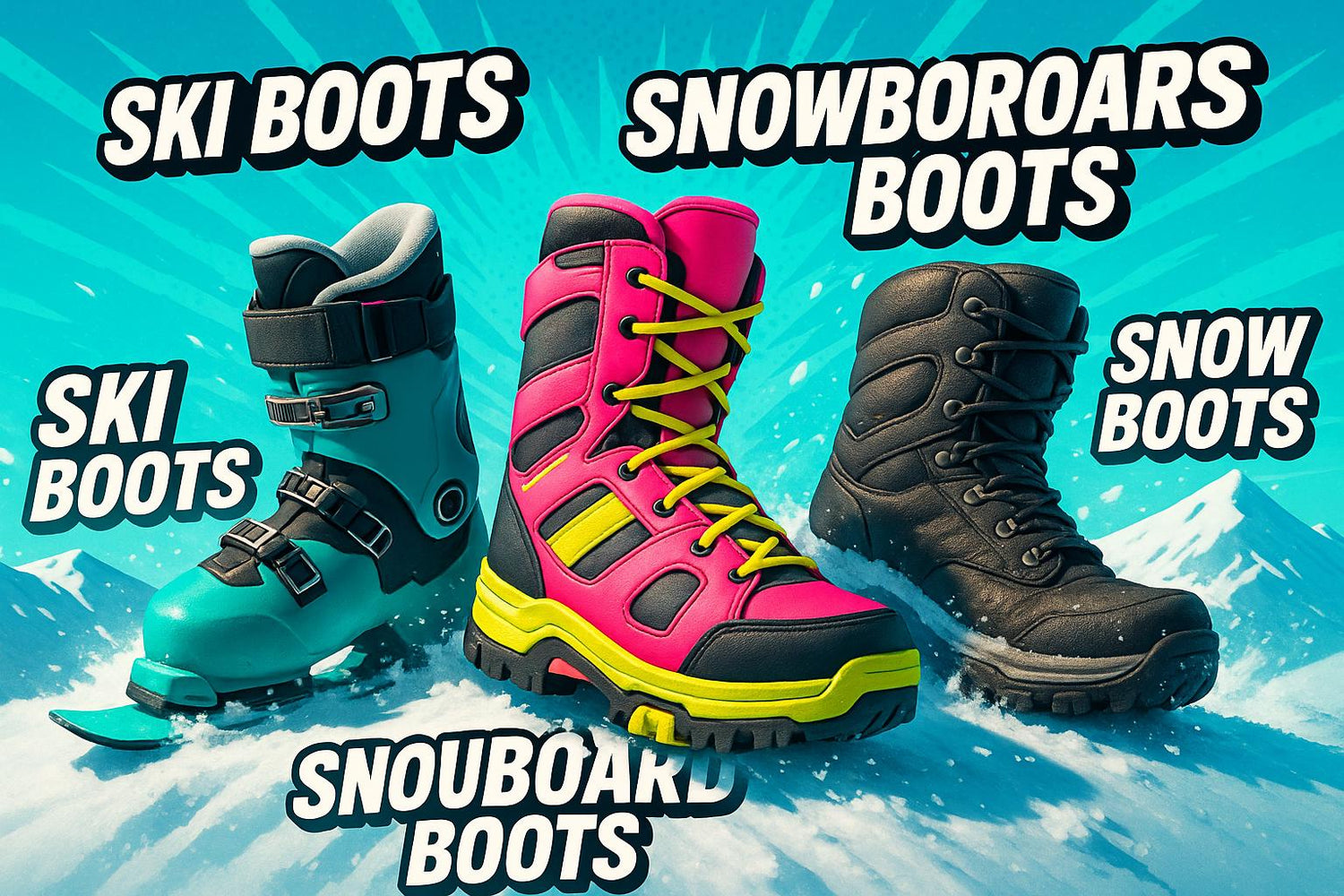
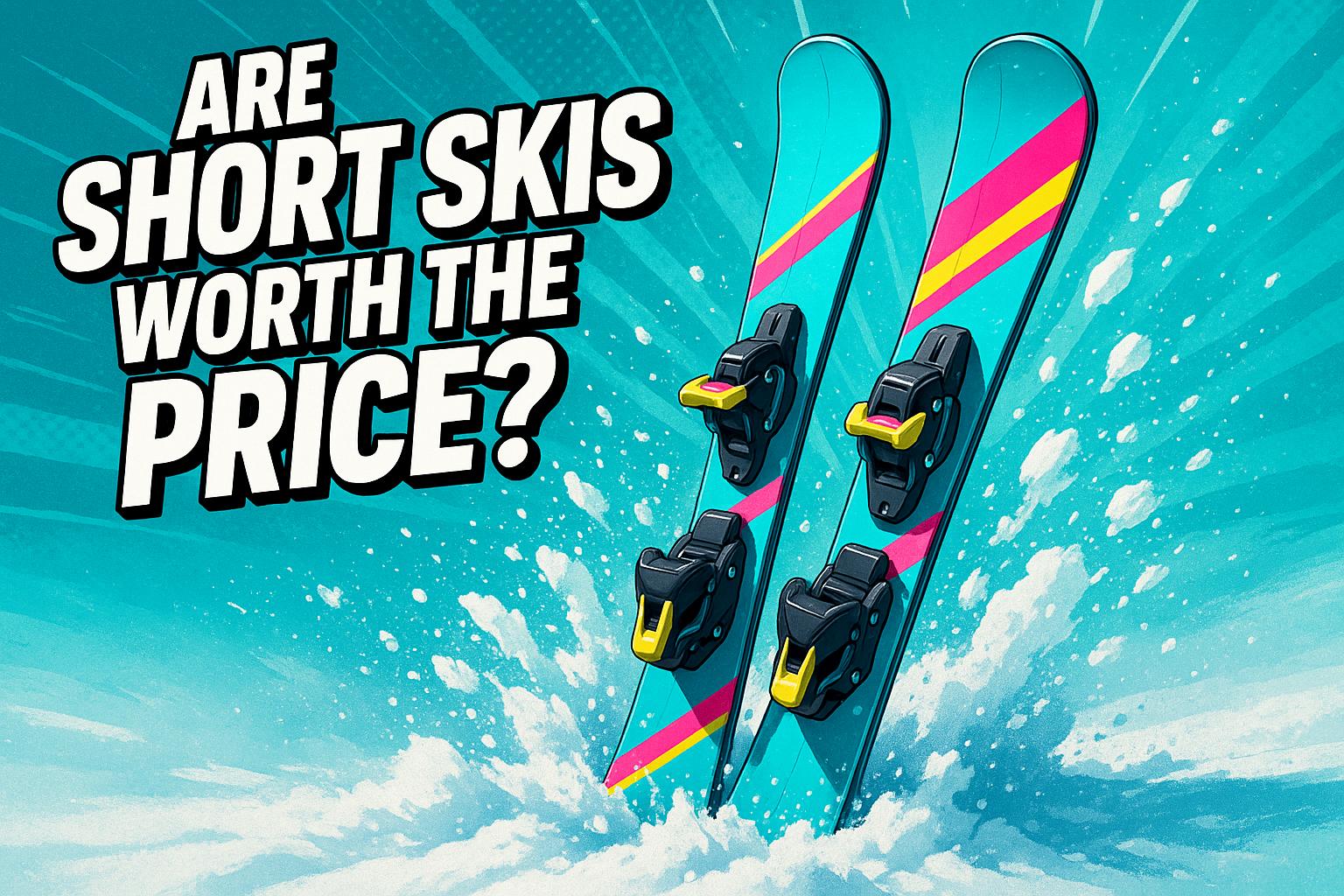
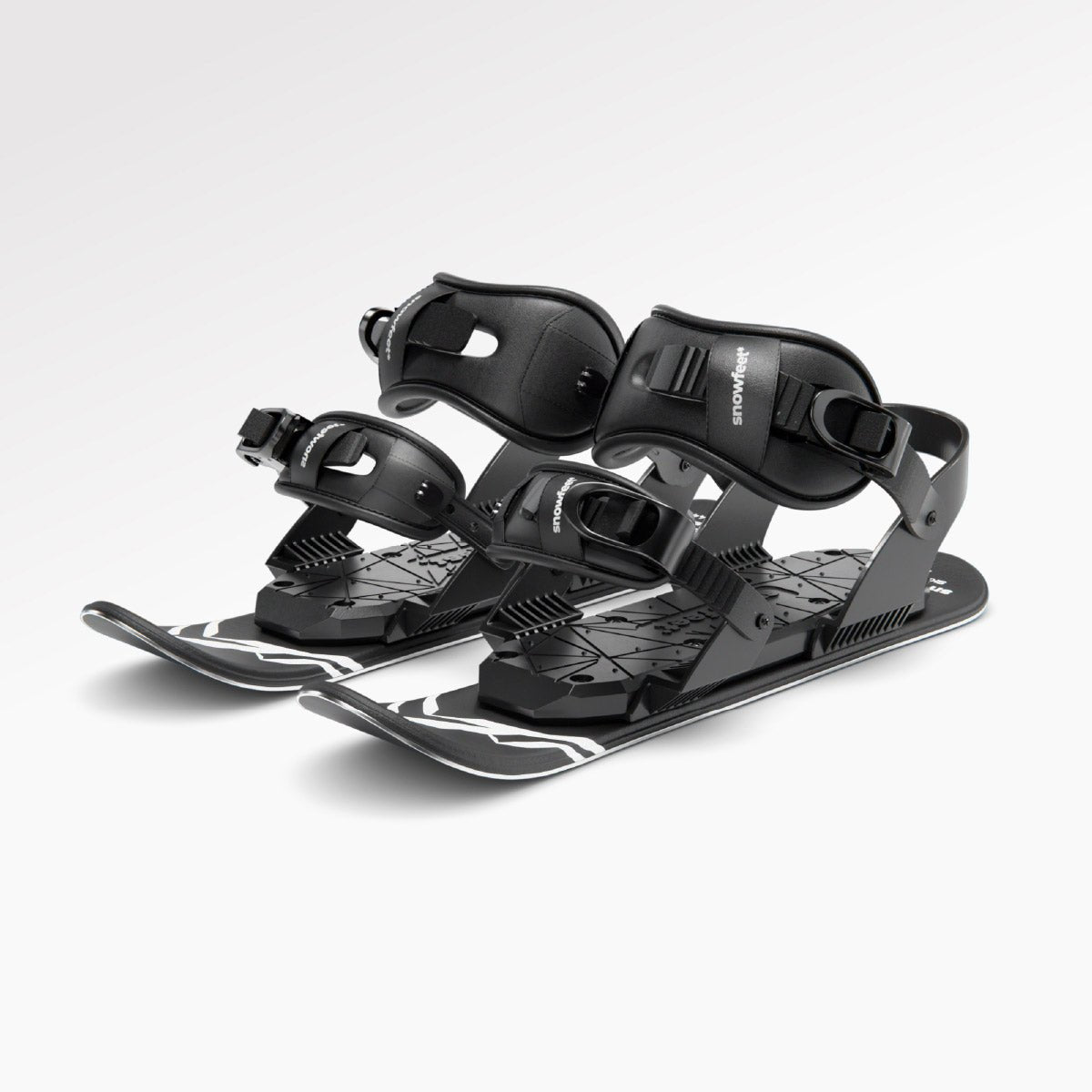

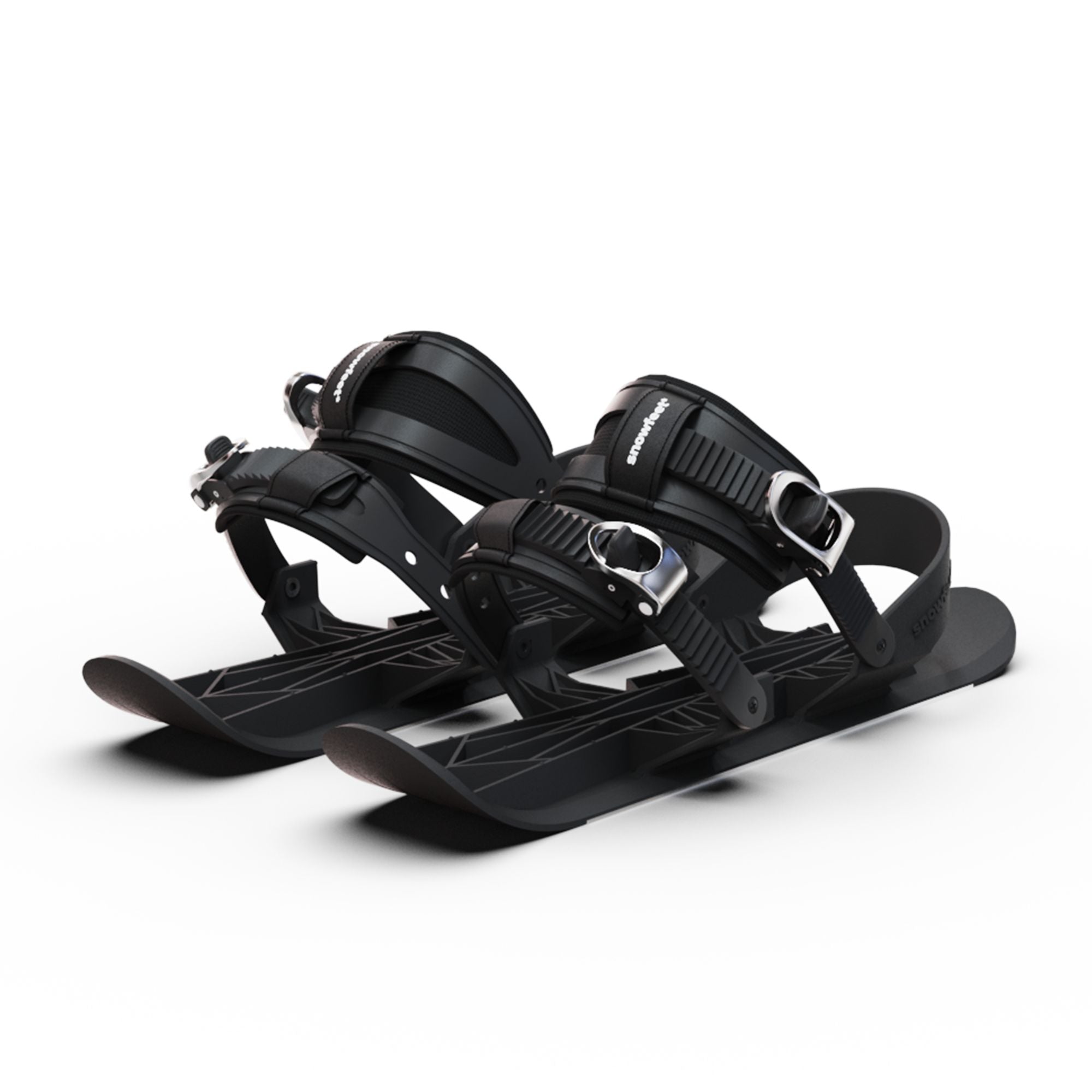
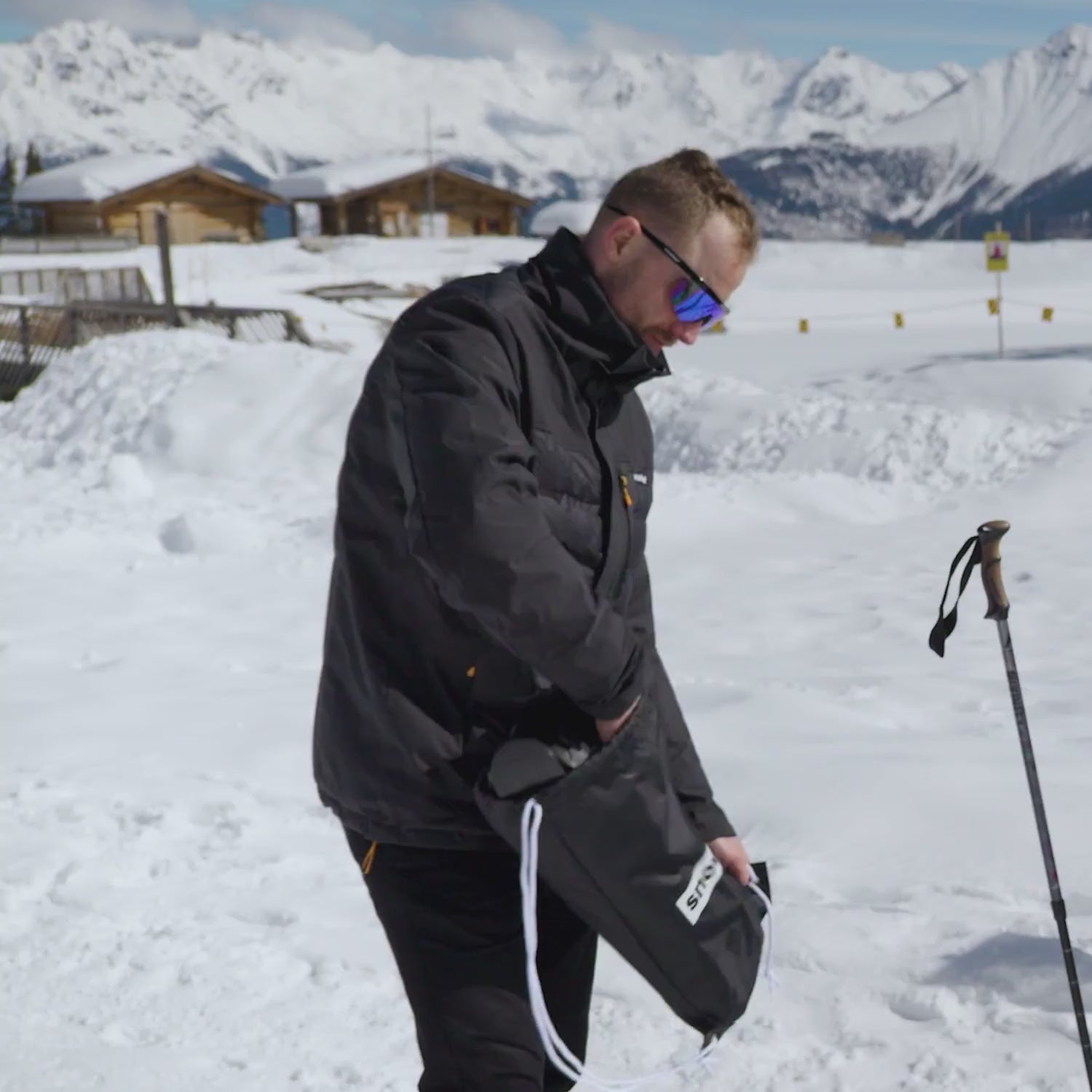
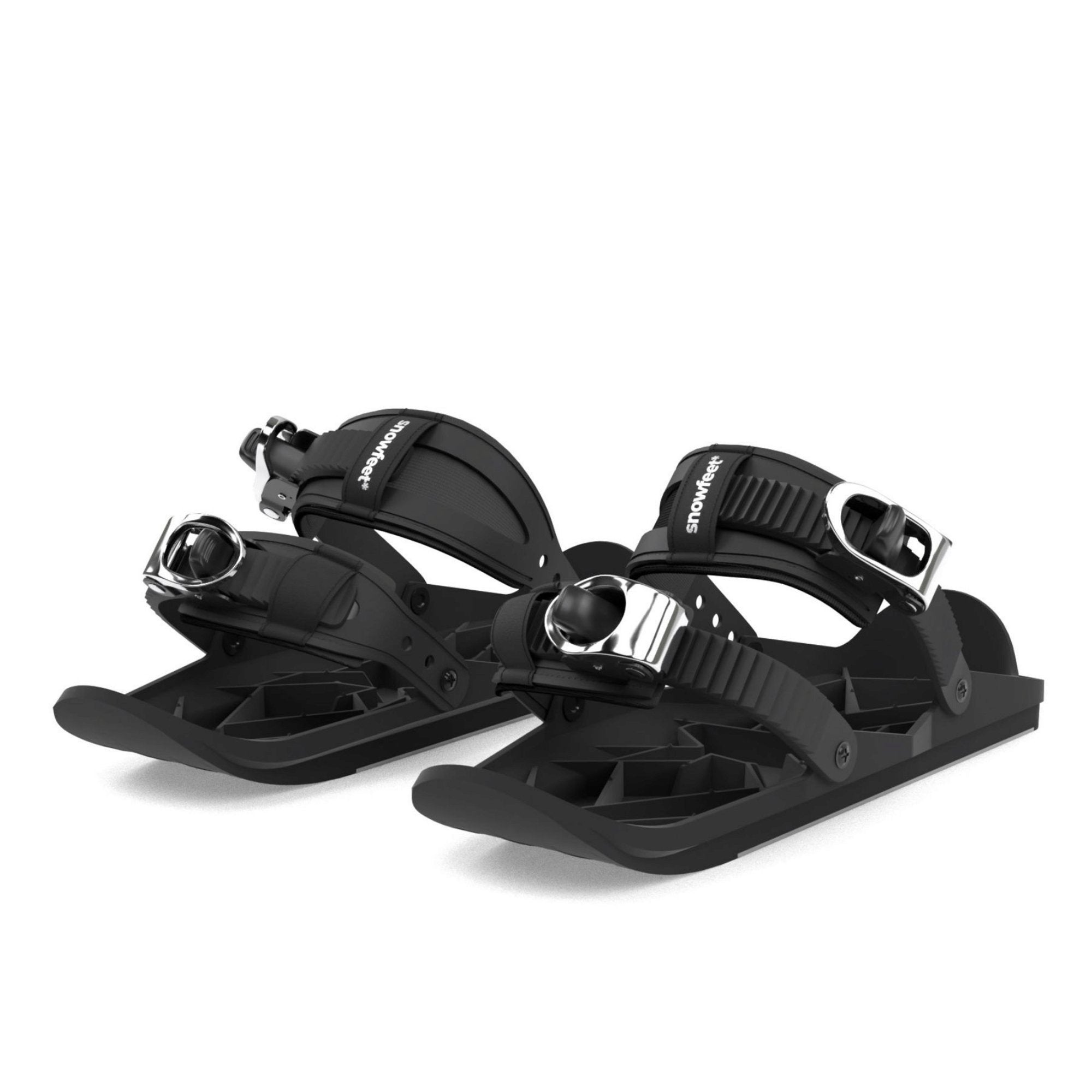
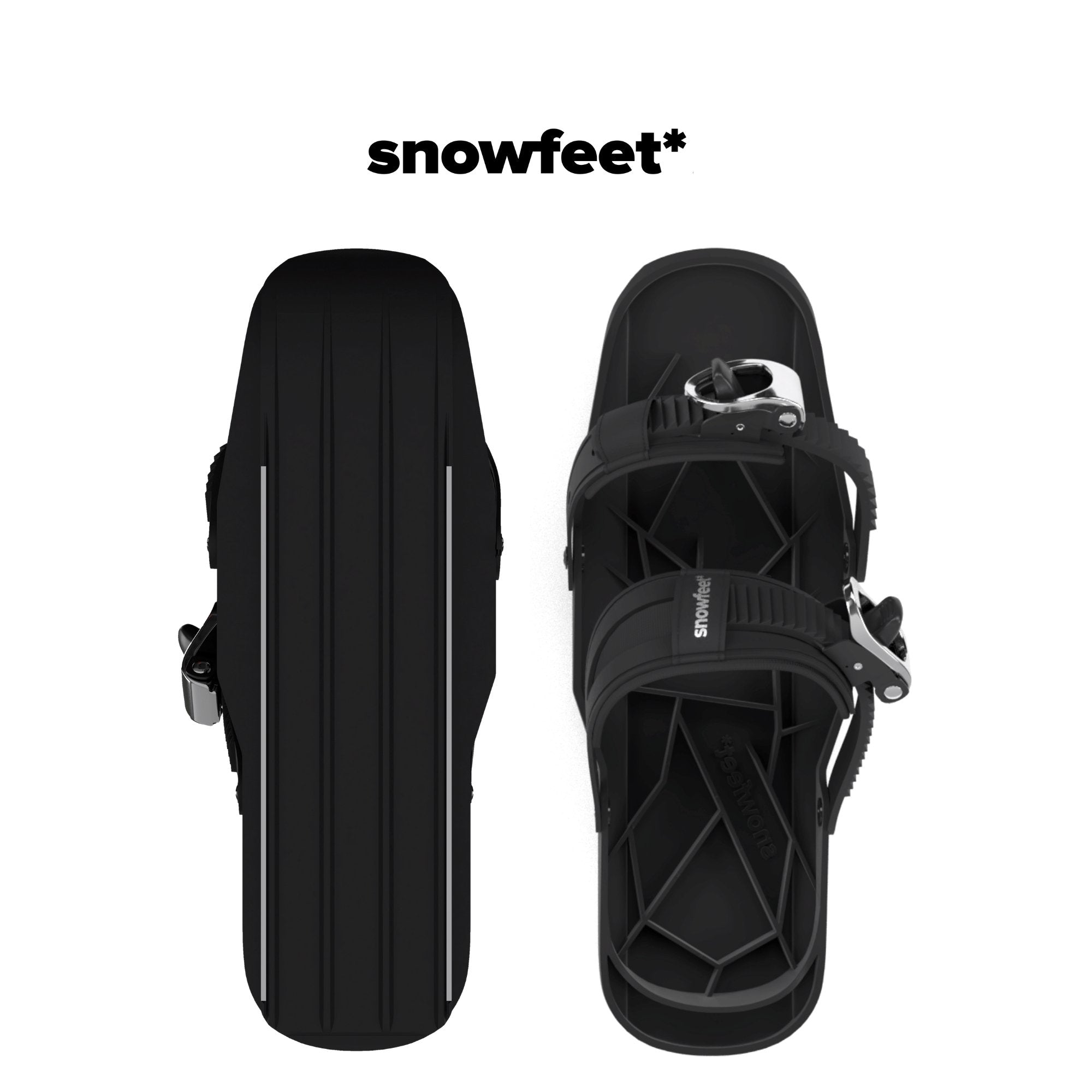
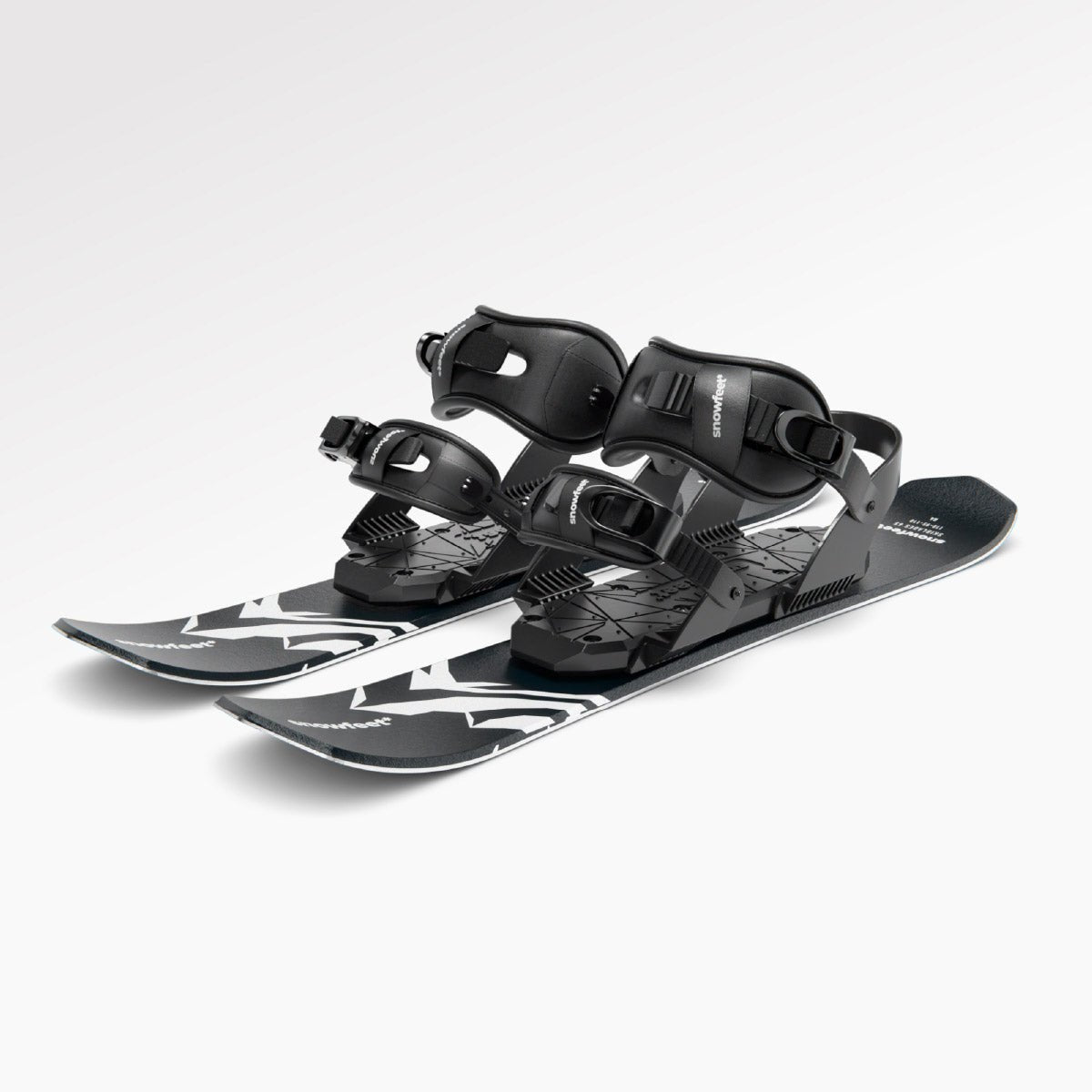
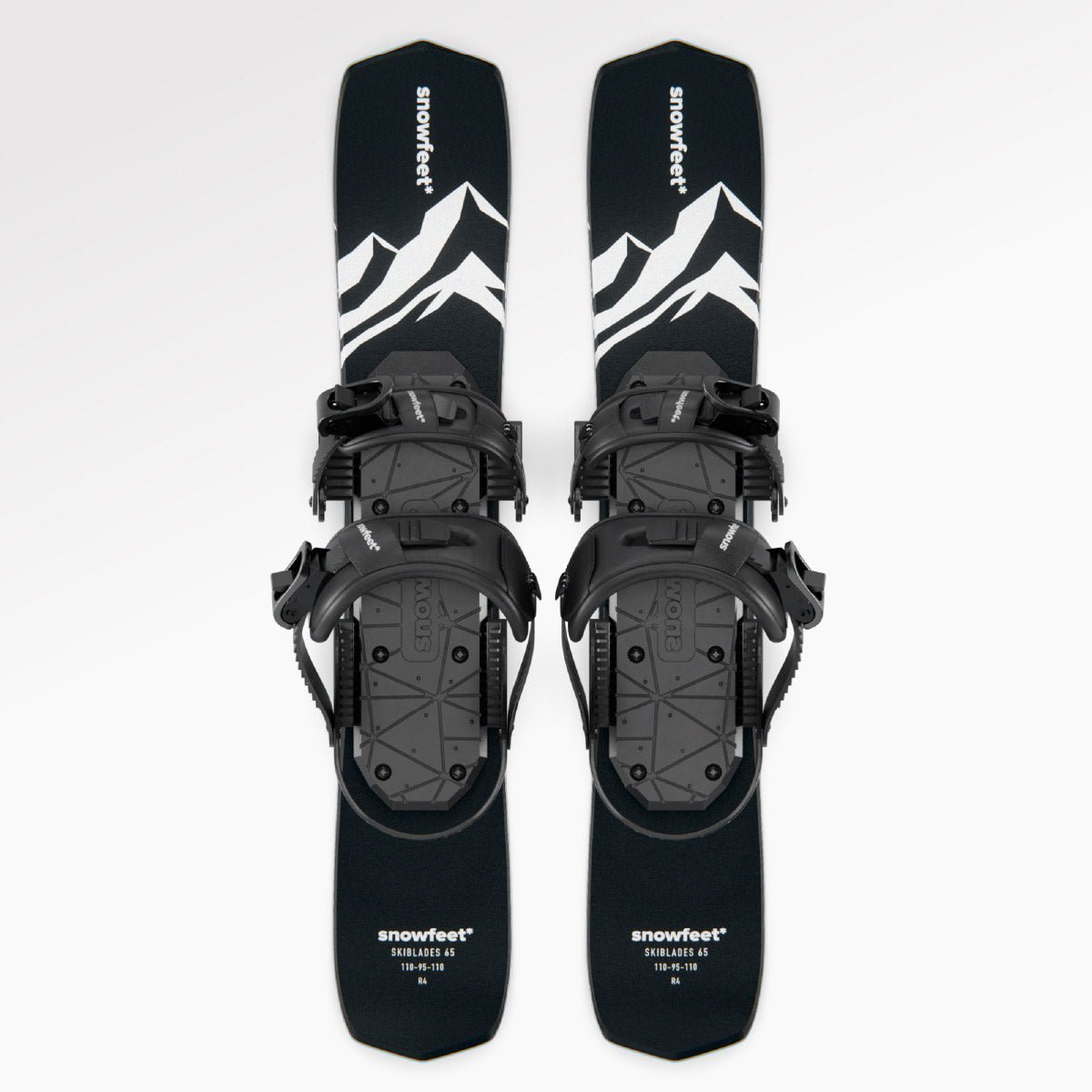
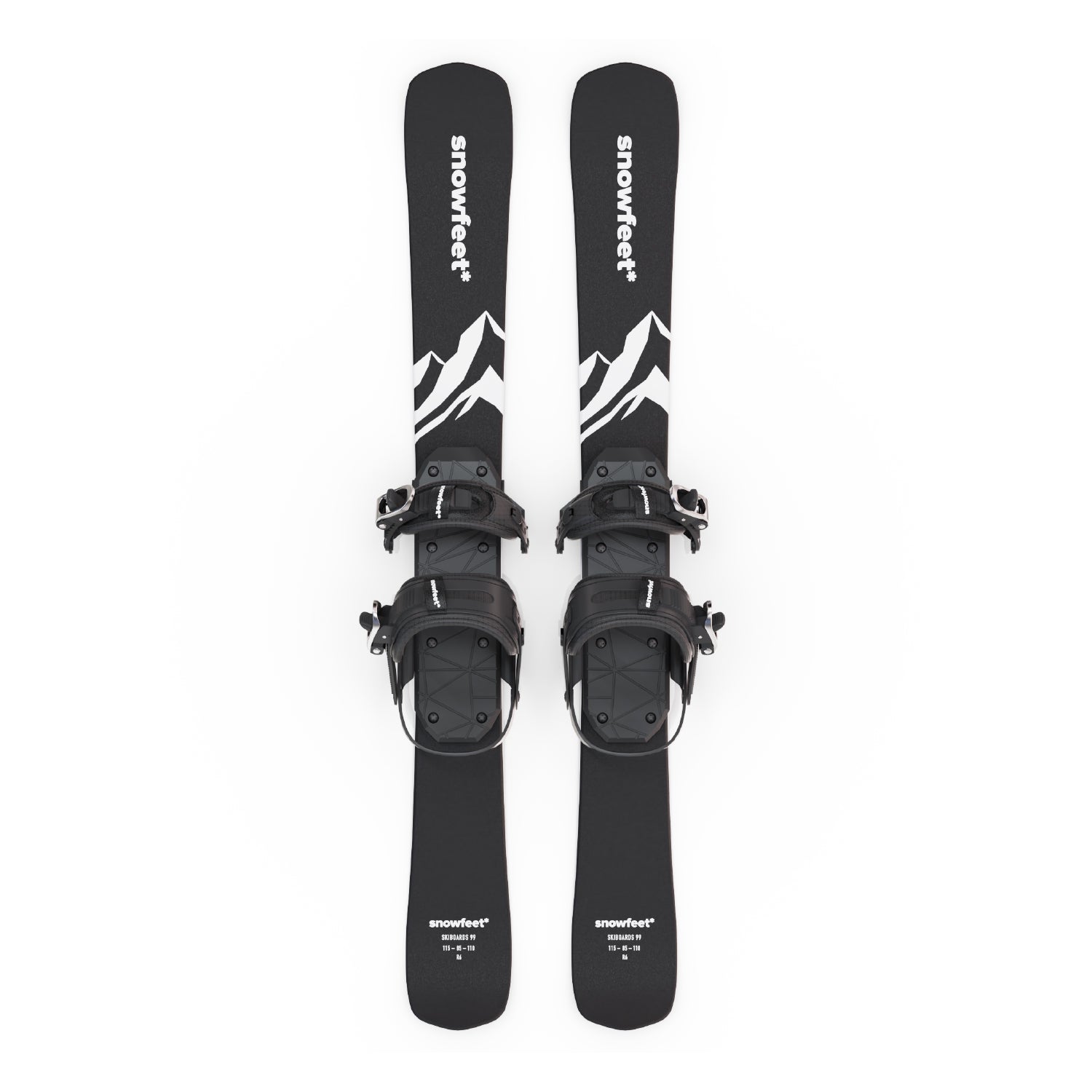
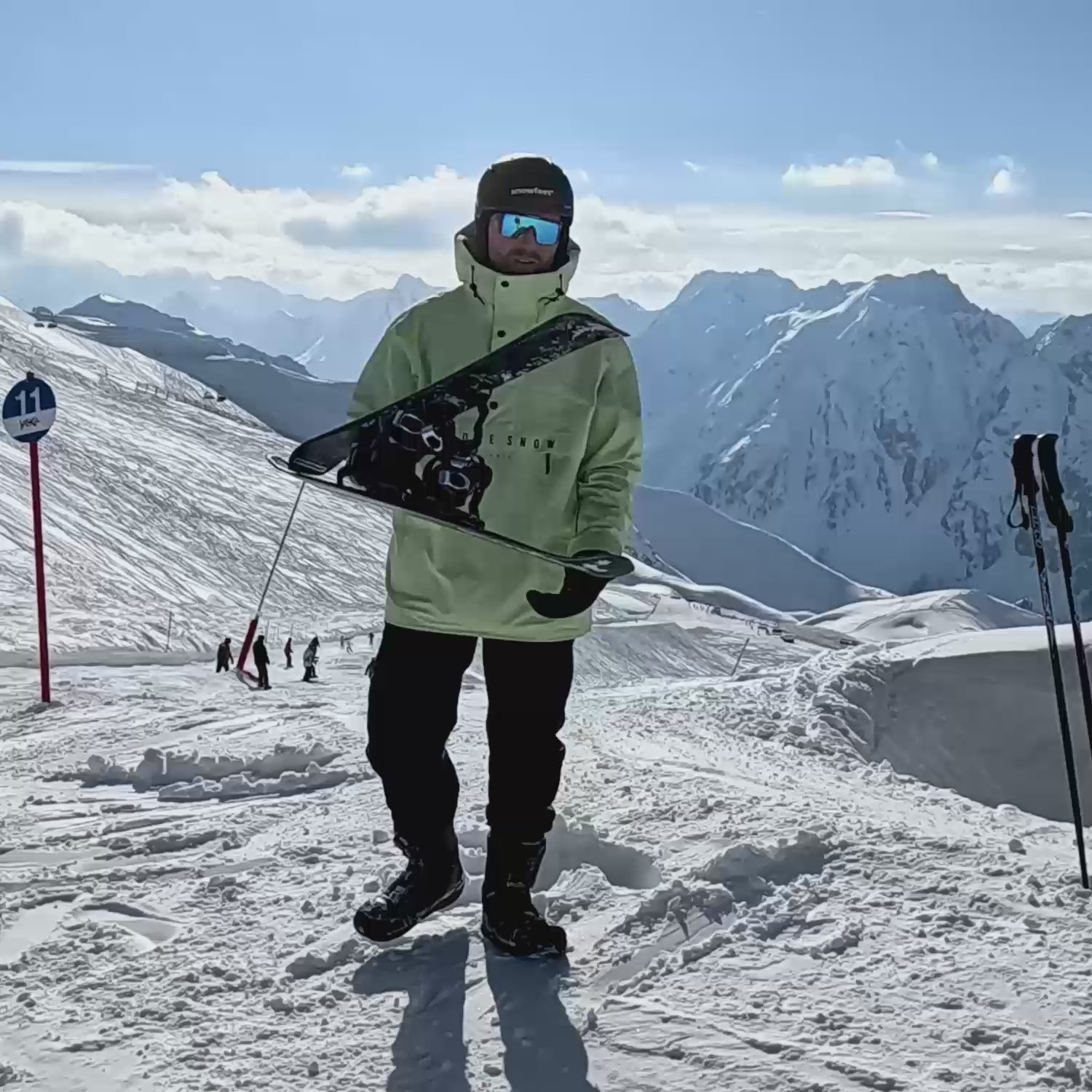
Zanechte komentář
Tento web je chráněn službou hCaptcha a vztahují se na něj Zásady ochrany osobních údajů a Podmínky služby společnosti hCaptcha.